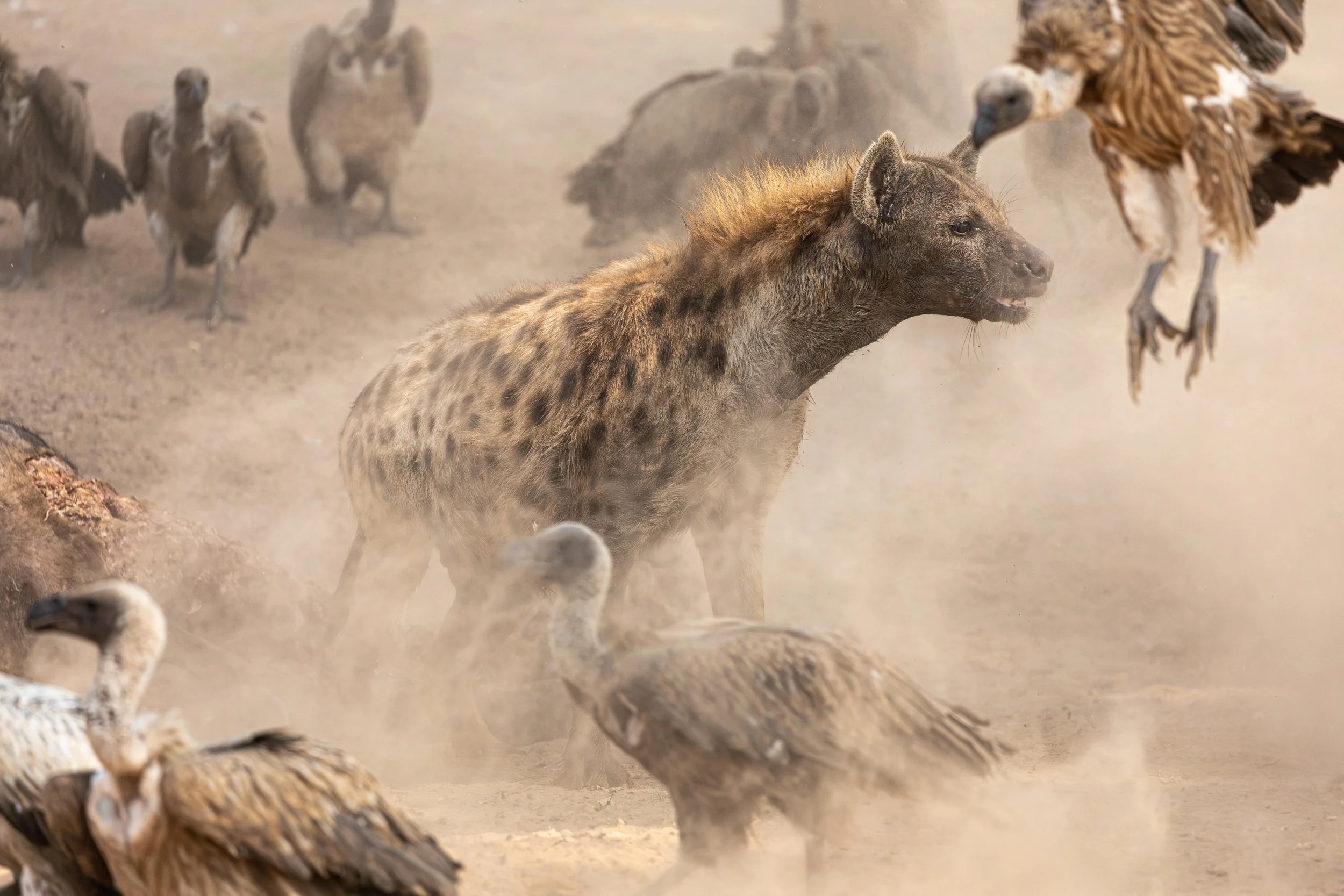Toby, what’s the story behind your number 1 photo?
Photographers are perfectionists. We’re also highly critical of our own work. Attempting to single out one photo as the number one image, therefore, is - rather unsurprisingly - a difficult task.
As a wildlife photographer, I spend hours in the field - tracking, observing, waiting - so that my audience don’t have to. I aim to capture a momentary glimpse into the natural world and bring that world closer to people, in the hope that if they see its beauty, as a society we’ll be more motivated to conserve it. It may even encourage others to pick up a camera themselves.
An impactful wildlife photograph - in my eyes - needs action, drama, and a powerful story behind it. Beyond that is where the art form begins to distance itself from the much-loved Attenborough TV sequences which so often follow this same approach: the challenge comes in capturing that scene in just a single frame. Consequently, I’ve found that my style has evolved over time to think about the bigger picture, ditching frame-filling portraits and opting for a shorter focal length to show a species in its wider environment. This provides greater context, more opportunities to work creatively with natural light, but also, at times, blurs the boundary between wildlife and landscape photography.
With this in mind, my number one photo was taken back in 2019 during a trip to South Luangwa National Park in Zambia. One morning on safari we came across the carcass of a cape buffalo which had been trampled in a stampede as its herd funnelled up a steep riverbank. Initially a leopard had claimed the kill, before a small pride of lions - comprising females and young - had muscled in and taken possession of the remains. By the time we arrived at the scene, a clan of spotted hyenas - outnumbering the lions - had moved in as the aggressors, with a large number of cape vultures waiting in the wings watching on eagerly. Standing their ground, the hyenas guarded the kill as the lions circled. Occasionally both lions and vultures would attempt to gain possession and the hyenas would retaliate by charging back at them in defence, kicking up the dusty ground in the process. This was the scene - full of action, drama and story - that I attempted to summarise in a single frame here.
To date, there’s only been a handful of occasions during my time as a wildlife photographer where I’ve immediately reviewed the photos on the LCD screen of my camera and instantly known I’ve captured something a little bit special. This was one of those rare moments.
Following the chaos, the hyenas grew tired and, satisfied with their feast, abandoned the carcass. This was what the cape vultures had been waiting for. What followed was an incredible display of the importance of vultures in the food chain. Within seconds, over a hundred of them descended on the kill and began picking at whatever scraps of meat remained. Within minutes, all that was left was bones. By stripping down carcasses, vultures prevent the spread of disease and encourage nutrient recycling back to the ecosystem - the circle of life.
Toby Pickard is a wildlife photographer and filmmaker with a BSc in Geography from the University of Bristol. He picked up a camera at 13 and has since seen his work published and recognised internationally, including a Top-10 shortlist in the Sony World Photography Awards (Youth, Culture) at 15 and a Highly Commended in the British Wildlife Photography Awards.
Toby’s practice spans stills, short films and natural-history production. His credits include roles with Wild Space Productions/Netflix, Silverback Films and Wild Bus Films in Canada, alongside contributions for ITV’s Alan Titmarsh Love Your Weekend and Spring into Summer. He also shares his craft through talks and online projects, always aiming to bring people closer to the wildlife on their doorstep.

